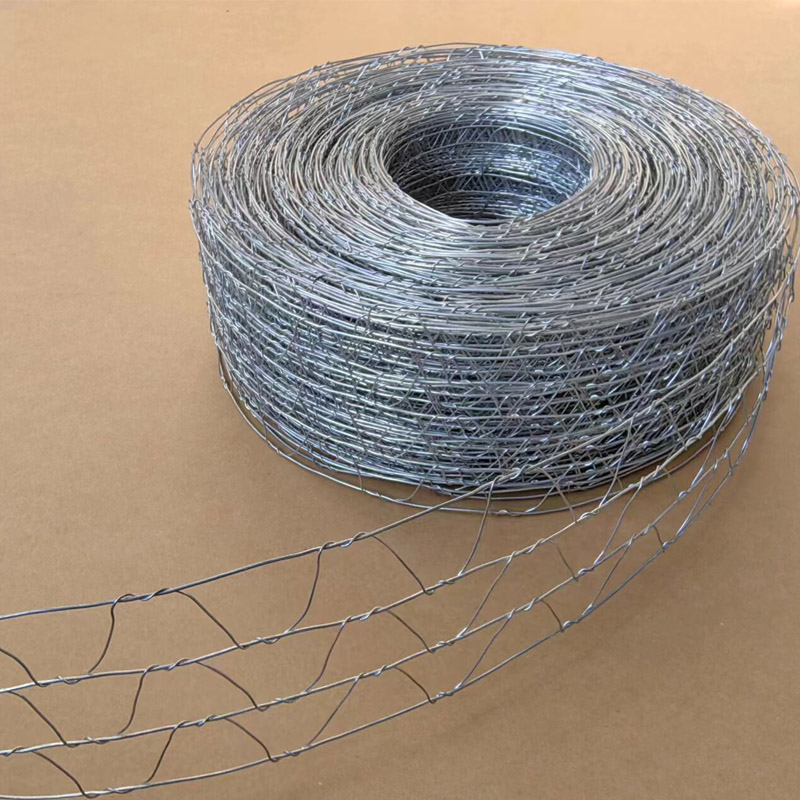
- Mobile Phone
- +8613931874955
- sales@cntcmetal.com
Using Brick Ties for Strengthening Concrete Walls in Construction Projects
Brick Ties for Concrete Walls A Comprehensive Guide
In modern construction, the integrity and durability of structures are paramount. One vital component in achieving this is the use of brick ties for concrete walls. These ties play an essential role in ensuring that brick veneer and masonry systems adhere securely to concrete substrates. This article will delve into the importance, types, installation methods, and best practices concerning brick ties for concrete walls.
Importance of Brick Ties
Brick ties are critical in providing stability, structural support, and an additional layer of protection against environmental factors. When brick veneer is attached to a concrete wall, there needs to be a connection that allows for movement without compromising the overall integrity of the wall system. Brick ties help accommodate the differential movement between the brick and the concrete, which can occur due to thermal expansion, settling, or other stresses.
Moreover, brick ties also contribute to the overall strength of the masonry system. They distribute loads and forces over a larger area, minimizing localized stress points, which can lead to failures such as cracking or separation. Properly installed brick ties can significantly enhance the longevity and performance of both the brick veneer and the concrete wall.
Types of Brick Ties
There are various types of brick ties available, each designed for specific applications and conditions. The most common types include
1. Metal Brick Ties These are typically made of galvanized steel or stainless steel to resist corrosion. They are available in different configurations, such as double-wrapped or single-wrapped, to suit various installation needs.
2. Ventilated Brick Ties These ties are designed with openings that allow moisture to escape from behind the brick veneer. This ventilation helps to prevent mold and deterioration of the building materials.
3. Flexible Brick Ties Flexibility in brick ties allows for movement and adjustment in the structural components. These are particularly useful in situations where thermal expansion is a concern.
4. Plastic Brick Ties Made from high-density polyethylene, these ties are resistant to rust and can be a lightweight alternative to metal ties. However, they may not offer the same level of strength depending on the application.
Installation Methods
brick ties for concrete wall

The installation of brick ties is a crucial step that requires meticulous attention to detail to ensure proper adherence and support. Here are the key steps involved in the installation process
1. Determine Spacing The spacing of brick ties is determined by the building codes and manufacturer specifications, typically ranging from 16 to 24 inches apart vertically and horizontally. Analyzing the load-bearing requirements is critical to establish the correct spacing.
2. Embedment Brick ties should be anchored securely into the concrete wall. This is usually achieved by using either embedded ties that are set in the mortar joint or through the use of fasteners, such as screws or anchors, which provide a solid hold.
3. Alignment and Leveling Ensuring that ties are plumb and level is essential for the aesthetic quality of the finished wall and the performance of the brick veneer. A level line should be marked on the concrete to guide the placement of the ties.
4. Mortar Application Once the ties are installed, mortar is applied over them before laying the bricks. The mortar should completely cover the ties and provide a secure bond between the brick and the concrete wall.
Best Practices
To maximize the effectiveness of brick ties, consider the following best practices
- Follow Local Building Codes Always adhere to local regulations and guidelines regarding the installation and use of brick ties to ensure compliance and safety. - Choose Quality Materials Invest in high-quality ties that are appropriate for the specific environmental conditions of the building site to enhance durability.
- Regular Inspections Periodically check the integrity of the ties and the masonry system to catch any potential issues early, ensuring long-term performance.
- Consider Moisture Control Implement drainage solutions, such as weep holes, to prevent moisture buildup behind the brick veneer, which could adversely affect both the ties and the overall wall system.
In conclusion, brick ties are fundamental components in the construction of brick veneer walls that provide stability, support, and longevity. By understanding their importance, types, installation methods, and best practices, builders and homeowners can ensure the resilience and durability of their structures. Proper attention to brick tie installation can result in aesthetically pleasing, safe, and long-lasting masonry walls that stand the test of time.
share:
-
Wall Ties for Concrete: Invisible Guardians of Building Structural StabilityNewsAug.08,2025
-
Timber Frame Wall Ties: Stable Bonds for Load TransmissionNewsAug.08,2025
-
Stainless Steel Woven Wire Mesh: A versatile material from boundary protection to functional supportNewsAug.08,2025
-
Powder Coat Coil Springs: Creating peace of mind and reliability with sturdy protectionNewsAug.08,2025
-
Floor Standing Sign Holder: A Powerful Assistant for Flexible DisplayNewsAug.08,2025
-
Binding Iron Wire: An Invisible Bond for Building StabilityNewsAug.08,2025
-
Yard Sign Stakes: Reliable Guardians of Outdoor SignsNewsAug.04,2025



















